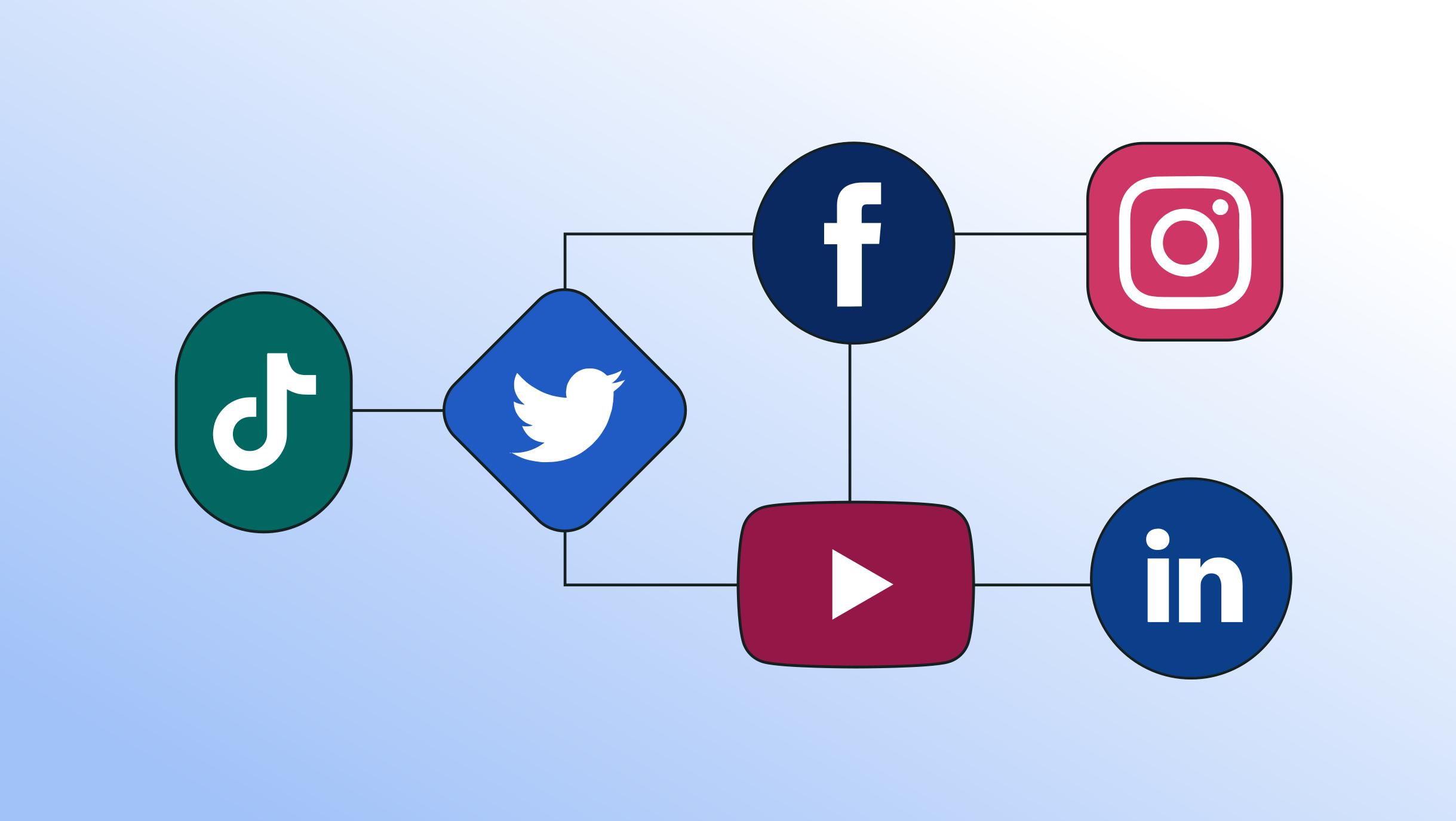Until recently, many of my Marketing Masterclass articles have centred around just one social media platform: LinkedIn.
But I don’t want to fool you into the assumption that this is the only platform your business should be on. On the contrary, depending on the demographic of your ideal customer, you’ll likely need to be on one or more of the other well-known platforms.
If your business targets consumers, you must have a social media presence. Whether you’re on all the major platforms or just a few, making your mark is essential. While Instagram and TikTok have each made a splash, one heavyweight has been around much longer: Facebook.

Facebook isn’t just a place to share cute photos of your pets or kids; it’s a powerful platform for businesses to connect with new and potential customers.
In the past, Facebook and other social channels focused mainly on static images. Captions were less critical, and hashtags were almost non-existent. Fast forward to today, and social media is all about creating engaging ads and content that cut through the noise, especially as privacy changes make it harder to reach new audiences.
Social selling now revolves around simplifying the customer journey with different channels appealing to various generations. Sticking to just one platform might not help you reach a wider audience.
If Facebook is your go-to platform (and why shouldn’t it be? It’s the most downloaded social channel out there), you may be overlooking a few key areas…
Are you ignoring strategy?

Facebook is one of the biggest advertising platforms, so remember, content sticks! If you don’t define your strategy from the start, your content can look chaotic and inconsistent. Don’t let your brand identity get lost in reactive and inconsistent posts.
There are tons of tools and apps available to help you measure insights and engagement. Use them! Continuously test and iterate based on research and metrics to ensure you hit the right mark.
Are you aware of your audience?

Focusing more on the channel than the audience you’re trying to reach is a huge mistake. If you’re still pushing complex sales messages on social media, you’re likely missing the mark.
Social media is about community and engagement. It’s about connecting with your audience on a deeper level and being open and accessible.
But how do you do that? By identifying your superfans, that’s how. Your superfans are your biggest supporters and can provide valuable feedback on your content. Superfans come in two types: those who are actively engaging with your posts and those who can help spread the word about your brand. If you haven’t reached out to your superfans yet, now’s the time!
Getting close to these two groups will give you a much better understanding of what your audience wants to see and engage with.
Are you ignoring the stats?

All social channels offer insights in various forms, and there are many add-ons you can use to understand your social media performance better.
However, many businesses need to understand which metrics indeed indicate social success.
Management, for example, often focuses too much on vanity metrics, like the number of likes on their page, instead of looking at the metrics that matter.
Social media managers should provide metrics that measure the overall performance of their activities. It’s easy to manipulate data to make it look like your work is successful, but that won’t give you an accurate picture of how your content is performing.
For example, if your team increases the frequency of posts, it might lead to more impressions. Sounds good, doesn’t it? Not necessarily. You could alienate your audience if those posts are low quality or too frequent. If you don’t measure engagement—likes, comments, and shares—you’ll never know how well your content resonates.
Management often puts too much pressure on growing the popularity of the social page. But is that the goal? Quality should always come before quantity. Instead of focusing solely on growth, look at metrics like video views, form downloads, and lead generation.
It’s crucial to align your social media efforts with your organisational goals. If you aim to increase sales for a specific service or product by, say, ten per cent through social media, ensure your content marketing supports that goal. It might not be the best strategy if your content veers off into unrelated areas.
Before posting, ask yourself whether this aligns with my organisation’s goals. If the answer is no, it might be time to rethink your post.
By avoiding these common mistakes, you can create a more effective Facebook strategy that engages your audience and drives results. Remember, social media is about building relationships, not just pushing products and services.
















